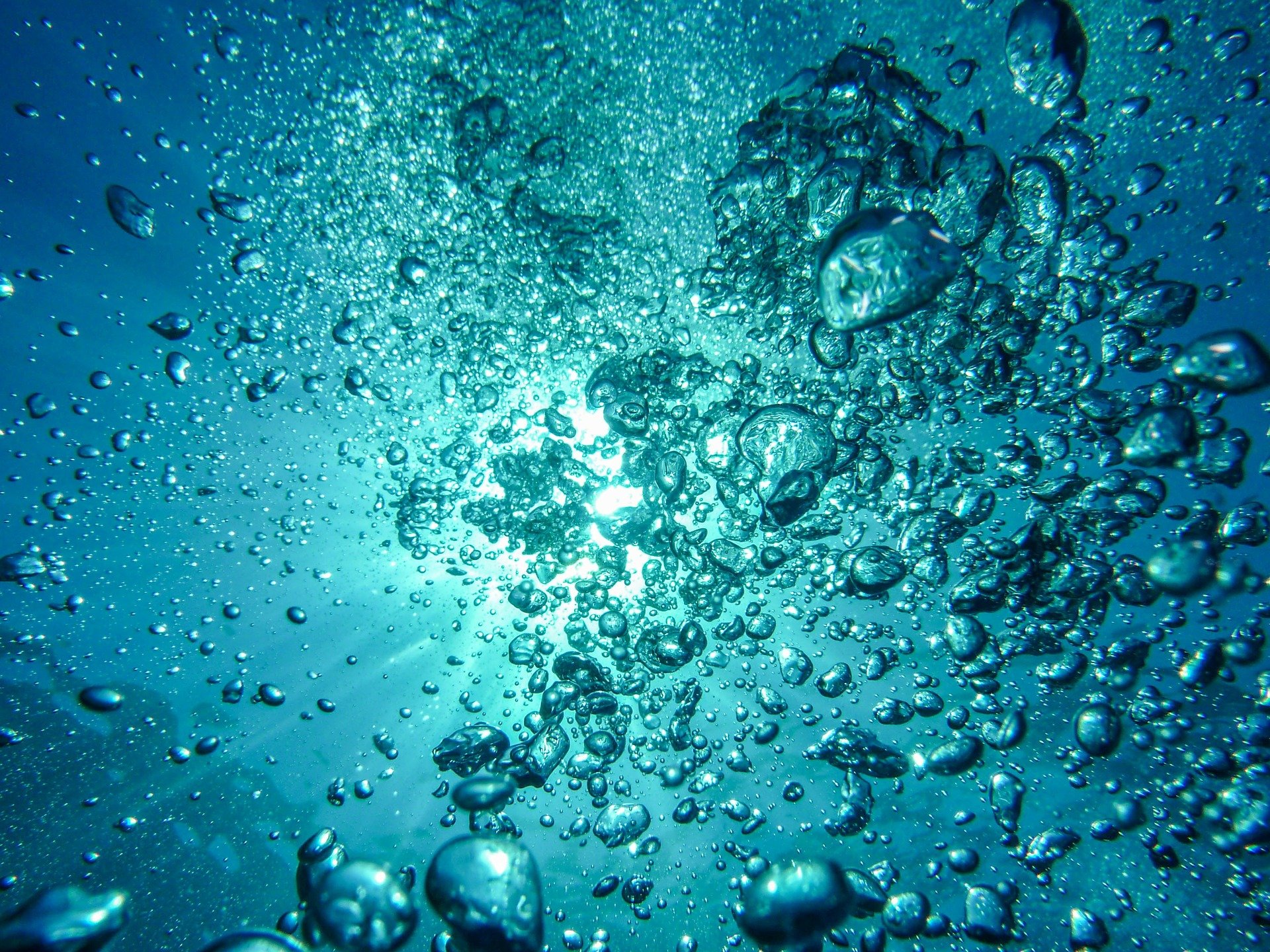

Ea has been part of a collaborative research project along with departments from Aalborg University, Technical University of Denmark, University of Southern Denmark, and Alexandra Instituttet, Energy Modelling Lab, PlanEnergi, EMD International, Energinet, Danfoss, Grundfos, Vestas, and CIP.
The focus was on the interplay between Electricity and Power-to-X sectors, determining the optimal integration of PtX in the broader energy system, and the role of Denmark in a Net-zero energy transition.
The analyses served to clarify the size and optimal placement of PtX infrastructure, depending on the availability of resources (wind and solar power, local biomass and CO2 sources) as well as the vicinity and development of energy infrastructure, while taking into account:
Modelling tools that focus on different aspects of PtX, from analysis at a project level, to international markets for PtX fuels, were used to perform scenario analyses to assess the impact of different assumptions on the geographical location of PtX installations, and furthermore the role of Denmark in the European energy transition.
Ea’s role in the project was to analyse parallel infrastructure optimisation of hydrogen (potential import, new and repurposed pipelines, storage, electrolysers, G2P) and power (VRE, batteries, interconnectors, etc.) across Europe. This includes doing calculations of e.g. potential import price of hydrogen produced in North Africa and transported via pipeline or shipping methods.
Based on these different results and modelling approaches, a framework/best practice/guideline was developed for energy system modelers which outline the main features that need to be documented when modelling hydrogen in sector coupled energy systems. The guideline will be developed based on knowledge gained from analysing results, modelling features, and data inputs from the utilised state-of-the-art energy system models (Balmorel, EnergyPLAN, TIMES, Sifre), which have been used to assess PtX in a carbon neutral Danish energy system by 2050.
The project ran until the autumn of 2024.
A follow-up project on PtX infrastructure is currently running, and Ea is taking part in this together with the Technical University of Denmark, Aarhus University, Energy Modelling Lab, PlanEnergi, Evida and Gas Storage Denmark. This, along with the previous project, is located under the umbrella of “InnoMission II – MissionGreenFuels”, funded by the Innovation Fund Denmark.
The goal of this project is to evaluate Danish investment options for hydrogen (H2) and CO2 infrastructure to support green fuel production in the context of an integrated, sector-coupled European energy system. The project will address current plans and potential build-outs, assessing both the value of H2 and CO2 grids and storages in an uncertain European energy transition.
Ea’s role in the project is to investigate which levels of granularity are important for different kinds of energy systems analyses, shedding light on what aspects of the energy system should be included for different project goals, and the qualitative and quantitative evaluation of the impacts that different levels of modelling detail bring.
The planned undertaken activities include the creation of an optimal model template for pathways in e-fuel production adaptable for various European locations, providing a comprehensive overview of green fuel infrastructures within an integrated energy system.

Find information about one of our projects in Türkiye here.